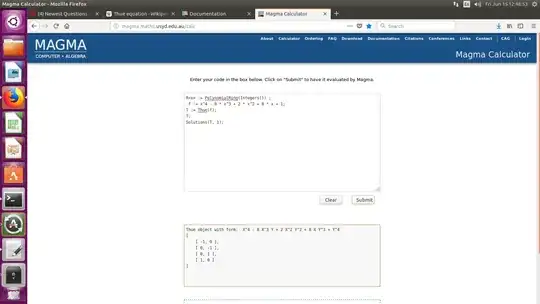I did not realize that this problem moves naturally into my area, ternary quadratic forms. The outcome is that the overlap you have already found is the only one. I found out this simple technique from reading Szalay. Oh, it all reduces to confirming that there are only trivial integer solutions to a quartic, I put the information and a request for confirmation at
Quartic: using a Thue tool truly
Alright, we have
$$ x^2 - 3 y^2 = -2$$
and $$ 2x^2 - 3 z^2 = -1$$
Multiply these by $-1$ and $2$ to get
$$ -x^2 + 3 y^2 = 2 \; , $$
$$ 4 x^2 - 6 z^2 = -2 \; , $$
so
$$ 3x^2 + 3 y^2 - 6 z^2 = 0 \; , $$
finally
$$ x^2 + y^2 = 2 z^2. $$
Since we can see from the original Pell type equations that $z$ must be odd, meanwhile $\gcd(x,y,z) = 1.$
Here is the part related to Pythagorean triples, but adjusted for $x^2 + y^2 = 2 z^2$: all (primitive) triples can be formed by
$$ x = r^2 + 2rs - s^2 \; , $$
$$ y = r^2 - 2rs - s^2 \; , $$
$$ z = r^2 + s^2. $$
Actually, for any of the three variables you can choose $\pm \; .$ See Parametric characterization for $x^2 + y^2 = 2z^2$
Plugging back in, either to $x^2 - 3 y^2 = -2$ or $2 x^2 - 3 z^2 = -1,$ we get the (integer) equation
$$ r^4 - 8 r^3 s + 2 r^2 s^2 + 8 r s^3 + s^4 = 1. $$
This is called a Thue equation. I ran it in gp-Pari, the only solutions are
$$ (1,0) \; ; \; (-1,0) \; ; \; (0,1) \; ; \; (0,-1) $$
so that the $x,y,z$ triples can only be made up of $\pm 1 \; .$
I also ran it in the online MAGMA calculator. The syntax in June 2018 has updated compared with published articles.

